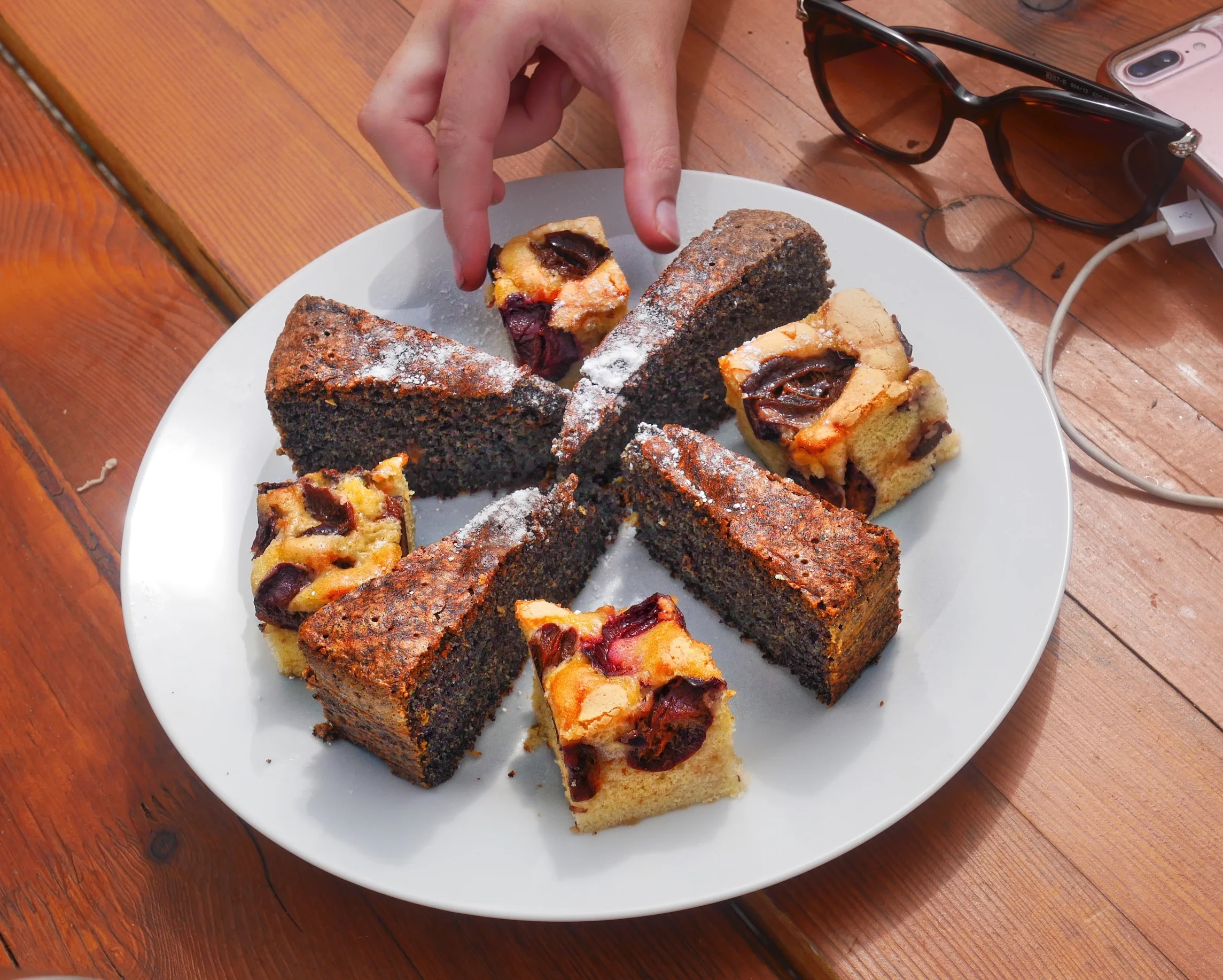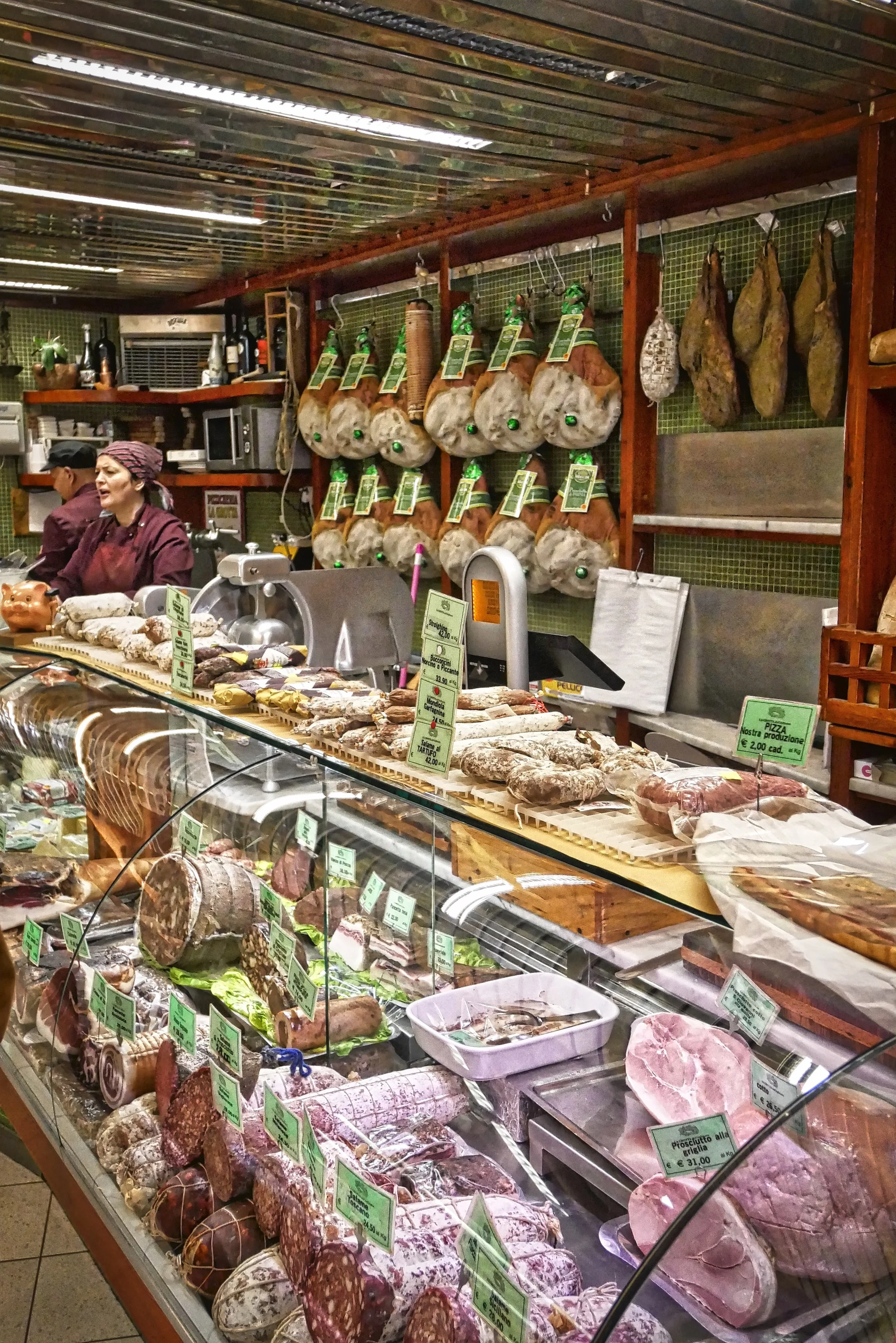Vienna is Not All About Wiener-Schnitzel - An Exploration of the City's Cuisine
They say climate change may lead to the more extreme types of weather hitting these isles, and if that is the case it is probably worth studying the food habits of near neighbours who already experience huge meteorological variety.
You do not have to go far to find it. Cross the Alps and descend to the great plains of the Danube in Eastern Austria and you will find yourself under the influence of a continental weather system that does not enjoy the controlling temperate effect provided by a vast ocean.
So the winters are cold and the summers are hot. When I was in Vienna this summer the thermometer was measuring a stifling 39 degrees.
That’s hot. Too hot. And what do the Viennese do? They reach for their cooling cucumbers, which seemed an excellent idea to me... Even the free-to-use water coolers in the excellent Ruby Lissi Hotel in the heart of town were scattered with sliced cucumbers which gave the water a curiously cooling and comforting edge.
As we ate our way across town in the heatwave, there were salads with everything - and every salad majored on the good old cuke - always dressed with salt and always scattered with dill. Lots and lots of dill everywhere, in fact. A herb which always seems somehow cooling in its slightly anniseedy, fragrant, way.
The thing about salads is that they are, for the most part, easy to make. You simply chop or slice whatever summer veg you have and consume it with some sort of dressing. So great summer salad recipes do not tend to hit the headlines or be the stuff of culinary legend.
But when you have months of cold and ice each year when nothing much grows, then you need techniques and tricks which turn limited ingredients into great food. And sometimes these techniques and tricks become elevated into what you could call classic recipes.
In Vienna, wiener-schnitzel, goulash and apple strudel fit the famous bill and are, all three, applicable to both freezing winter conditions and sizzling summer, as long as you adapt them slightly.
But there’s a fourth Viennese classic which, although famous and much loved in its home town, doesn’t travel abroad much - probably because tafelspitz translates into English as “boiled beef”. Let’s face it, if you didn’t know better and you saw boiled beef on a restaurant menu, you’d probably move on.
However, tafelspitz is surprisingly and amazingly good. - and it is easy to see how, with a few tweaks, you could adapt it either to summer or winter eating. here’s But more about Viennese food thanks to information gleaned from one of the city’s professional guides, Beatrice Aumayr.
“The boiled beef tafelspitz is said to have been one of the favourite dished of our emperor Francis Joseph. You cook the meat in a bouillon with the bones so you get a nice strong stock with vegetables and onions. Then you slice the meat and eat it with spinach and potatoes and apple sauce and horseradish. It is a light meat dish. You. Can also serve the soup in which it was cooked, with the vegetables. The waxy potatoes may also have a sour cream and dill dressing. Tafelspitz is a great art and is wonderful if you do it well.
“But dill potatoes with sour cream is usually served with a (Viennese) frankfurter which is actually a very light kind of sausage- that is excellent very down to earth cooking.
“But the most famous dish is the wiener-schnitzel, which is actually from Lombardy,” said Beatrice. “That part of Italy belonged to Austria until 1918. In fact, Austrian food is a mixture from all our former empire countries. There was a gentleman called Field Marshal Rejetzki and he lived near Milan and was served a local dish called Côtes de veau à la milanaise. He liked it, so when he came home he had the recipe in his luggage and he began to serve it to his friends in Vienna.
“This turned into wiener-schnitzel. What we have added to it is the potato salad for which you need waxy potatoes that you cook in their skins, then slice. You make a dressing from corn oil and vinegar with some sugar, salt and pepper. The meat is usually veal, but some people prefer pork because they say it’s juicier,” said Beatrice. “You dip it into flour then eggs then breadcrumbs.
“The paprika and goulash dishes come from Hungary - as does the apple-strudel - but really it was from Turkey before that. The people were eating a lot of meat,” she added. “Our food can be heavy and if you eat it on a very hot day you can get tired. But our winters were extremely cold and because there were no fridges the people were depending on the meat in winter. Probably too much.
“Also popular is venison roasted with a pepper sauce the is served with dumplings and cranberries. We have a lot of black pudding as well and that we eat that with rosti. Brawn we eat with apple vinegar, which you can also get as a balsamic type. We call the brawn a souse, and we put salt, pepper and vinegar on it.
“It’s filling food, but at the end of the day it’s not what you eat - it’s how much you eat,” said Beatrice. “The restaurants have begun to learn not to serve too big a portion because they want you to eat a starter and a main course so it’s more manageable. And we are good at puddings as well, so don’t miss out on those.
“Apart from apple-strudel, Kaiserschmarrn is a soft, fluffy pancake ripped into bites and slightly roasted in a pan, served with compote, applesauce or stewed plums.”
I liked the food in Vienna and, having now visited Austria. Both in freezing winter conditions and in a relentless heatwave, can report that the cuisine does a very good job of supporting one’s gastronomic requirements, whatever the weather.
Recipe
Classic Tafelspitz (boiled beef)
Ingredients:
1 round of beef (topside), approx. 2 kg (with a little fat)
approx. 750 g beef bones
3 carrots
3 turnips/parsnips
1 small celeriac
1 onion
2 bay leaves
10 peppercorns
2 juniper berries
salt
chopped chives for decoration
Preparation:
Fill a large pot with about 5 litres of cold water and boil the bones. Remove the sinew and skin from the beef but leave the fat on. Place the meat, bay leaves, peppercorns and juniper berries in the water and simmer just below boiling point on low heat for about 2–2 1/2 hours, regularly skimming off the fat.
Halve the unpeeled onion, and fry, without fat, on the cut surface until dark brown. Cut vegetables into large cubes and add with the onion to the meat. Simmer for another hour until the meat is really tender.
Remove the meat, strain the soup, and put the meat back in the soup for a while. Take note: as long as the meat is sitting in the soup, don’t add salt, otherwise it will become red and dry up.
Slice the meat, and arrange on a warmed plate. Pour over a little soup, add salt to taste, and sprinkle with chives. Serve with extra-crispy fried potatoes, chive sauce and apple-horseradish sauce.
Cooking time: Depending on the quality of the beef, 3–3 1/2 hours








